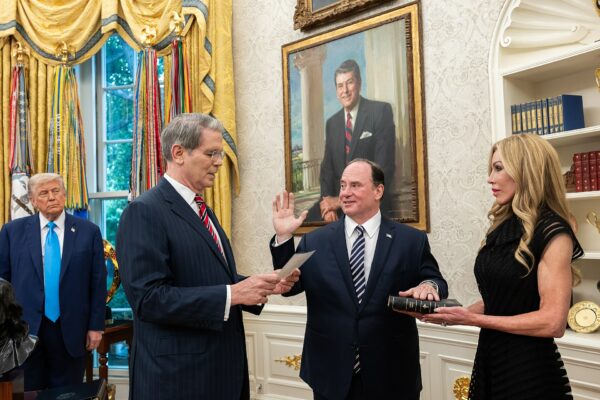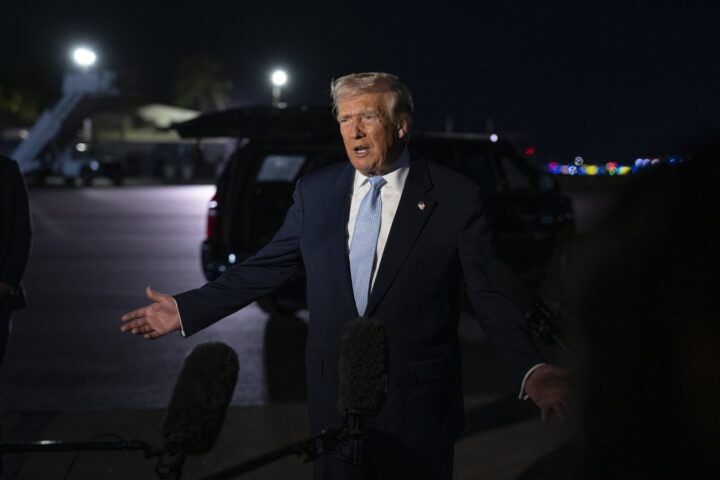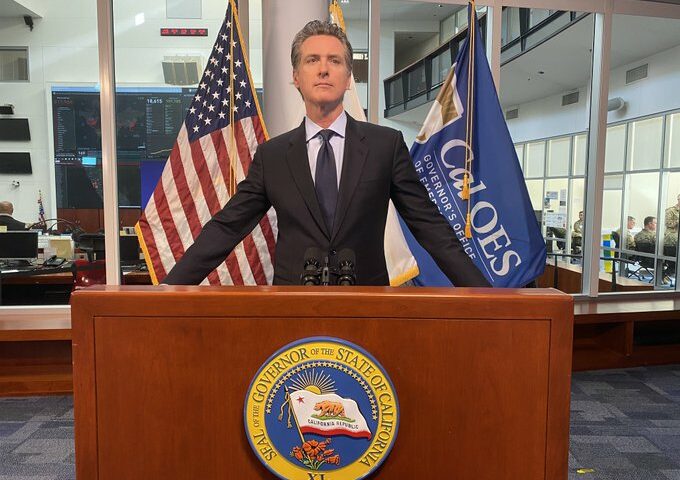The Trump administration is now reportedly considering a plan to use rising tariff revenues to chip away at the nation’s mounting debt, a move officials say could provide long-term fiscal relief while reinforcing the administration’s trade strategy.
Treasury Secretary Scott Bessent said Tuesday that the idea is part of President Donald J. Trump’s broader effort to impose fiscal discipline in Washington after years of unchecked spending. “I think at a point we’re going to be able to do it,” Bessent told CNBC, underscoring that he and the president are “laser-focused on paying down the debt.”
“I think that we’re going to bring down the deficit-to-GDP, we will start paying down debt, and then at a point that can be used as an offset for the American people,” he added.
The nation’s debt has surged to nearly $37.2 trillion as of Aug. 18, according to the Treasury Department. The staggering total has reignited the debate over government spending and taxation, with Republicans warning that the unchecked borrowing places future generations at risk.
For conservatives, the push to harness tariff revenues represents not only a fiscal strategy but also a reaffirmation of Trump’s commitment to reining in Washington’s excesses.
Bessent suggested that the administration’s revenue from tariffs is already surpassing expectations.
He said he anticipates revising this year’s revenue estimate above the earlier $300 billion projection, though he declined to provide a new forecast.
The final number, he emphasized, would be “substantially” higher.
The latest Treasury data underscores the trend. The U.S. collected more than $29 billion in tariff revenue in July alone, marking the highest monthly total so far this year.
Total tariff revenues have already reached $156.4 billion, according to the department’s Aug. 15 “Customs and Certain Excise Taxes” report.
Trump officials argue that these revenues reflect the administration’s determination to prioritize American workers and industries. By imposing higher taxes on imports, they say, the White House has pressured foreign producers to level the playing field while simultaneously generating funds that could be redirected toward paying down debt.
Critics note that U.S. businesses bear the direct cost of the tariffs and often pass those costs onto consumers. Economists have warned that higher prices can ripple through the economy, straining household budgets.
Yet supporters counter that the short-term costs are outweighed by the long-term benefits of a stronger domestic manufacturing base and a serious commitment to fiscal responsibility.
For Bessent and the administration, the debt challenge is both practical and symbolic. “We’re going to bring down the deficit-to-GDP,” he insisted, signaling that tariffs would serve as a critical tool in that effort.
While the national debt has been climbing for decades under both Republican and Democratic leadership, the Trump team is presenting tariffs as a rare opportunity: a stream of revenue generated not by taxing Americans more heavily, but by holding foreign producers accountable.
If the administration follows through, tariff revenues may soon serve as more than a trade weapon. They could become, in Trump’s words, an “offset for the American people,” delivering fiscal relief at a moment when Washington’s spending habits have pushed the national debt to historic heights.
[READ MORE: Trump Rules Out U.S. Troops in Ukraine as Peace Talks Continue]








